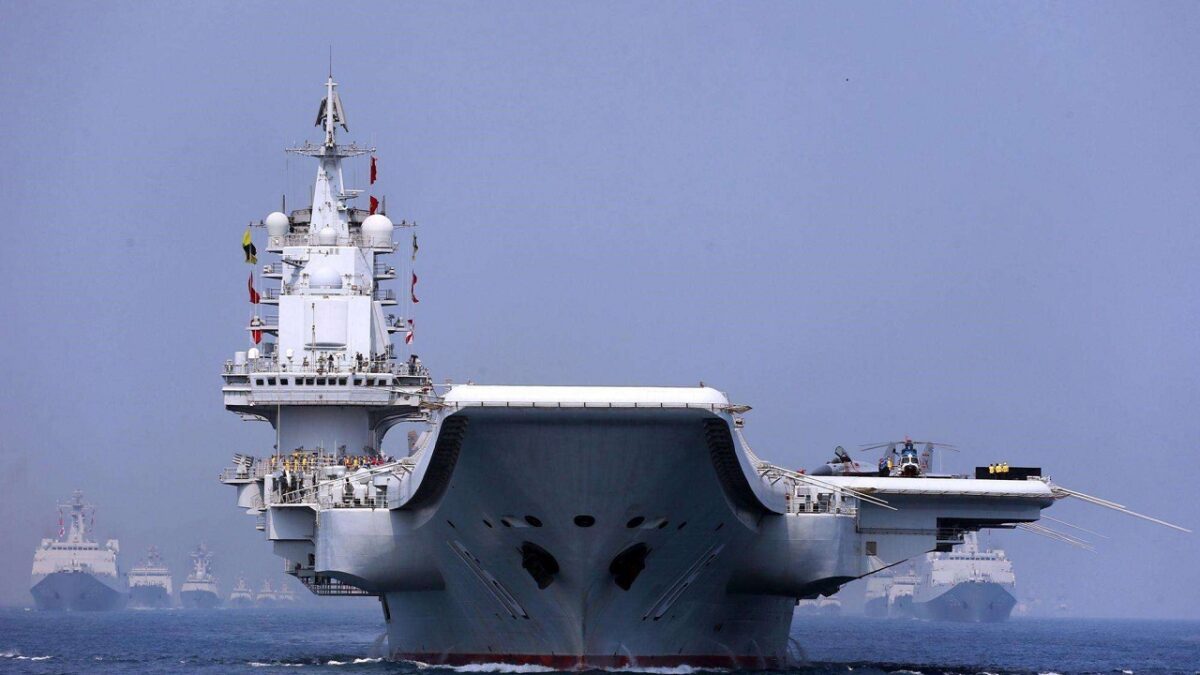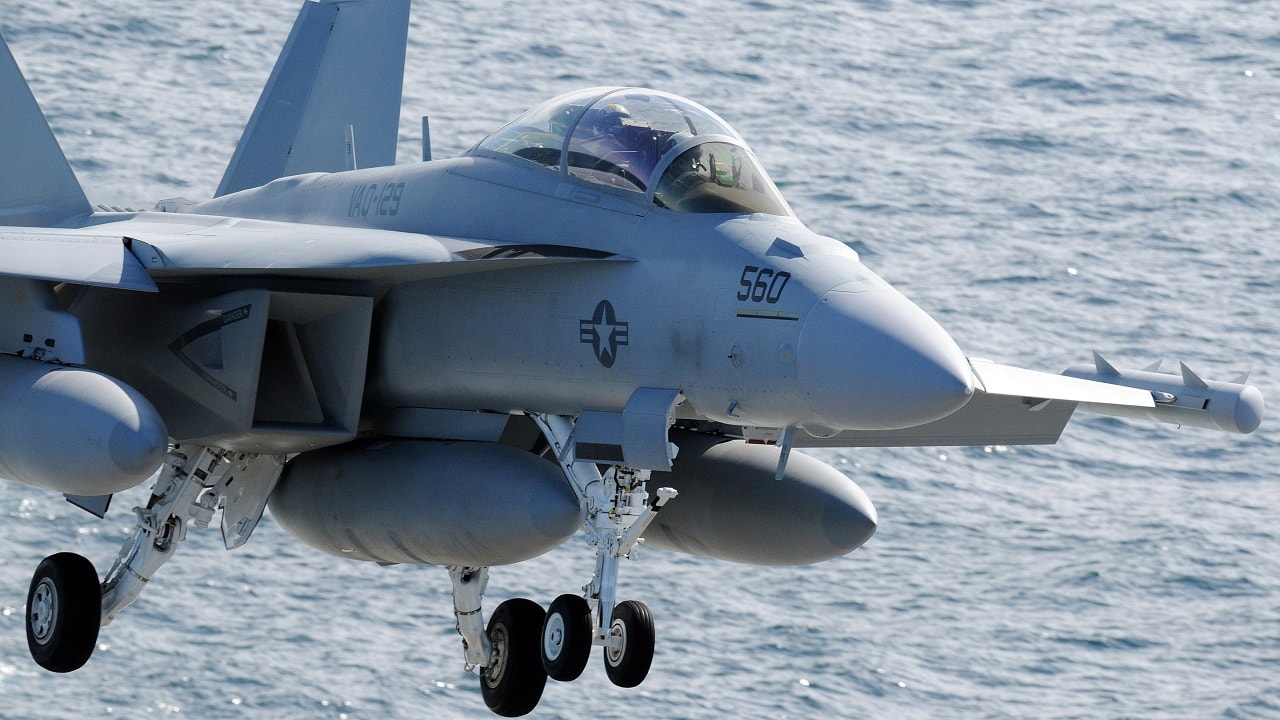Over the last three decades, China’s Navy, or the PLAN has expanded dramatically and is quickly reaching so-called ‘blue-water’ status. Could Beijing soon have aspirations to build a new base that can access the Atlantic Ocean? What would that mean for U.S. Navy power project capabilities? The general in charge of U.S. Africa Command testified recently that China is seeking to build a navy base on the Atlantic coast of Africa, placing American national security at risk.
According to General Stephen J. Townsend, China has been seeking opportunities to build a new military installation all along Africa’s West coast, as it would give the nation a necessary staging point for naval operations in the Atlantic. That could pose a distinct threat to America’s eastern seaboard, especially from Chinese nuclear ballistic missile submarines.
“The thing I think I’m most worried about is this military base on the Atlantic coast, and where they have the most traction for that today is in Equatorial Guinea,” Townsend told the House Armed Services Committee.
China’s massive Navy has grown considerably in recent years, and when combined with China’s militarized Coast Guard and Maritime Militia, both of which answer directly to Chinese military leaders, the nation now boasts a jaw-dropping fleet of more than 700 sizeable vessels in the Pacific. While many of these ships are not fully armed warships, like large fishing vessels used to surround and lay siege to foreign oil platforms until they’re surrendered to Chinese authorities, China’s rapidly growing fleet of Type 055 Destroyers is widely believed to be technologically comparable to America’s own Arleigh Burke-class guided-missile destroyers.
However, despite China’s massive Pacific fleet, the nation lacks the means to project power beyond its regional waters. China’s growing fleet of aircraft carriers, now numbering three in various stages of completion and operability, all still rely on diesel power, preventing them from traveling far beyond friendly Chinese ports. China’s nuclear-powered submarines, on the other hand, have all the fuel they’d need to operate in the Atlantic already, but lack the logistics necessary to maintain other supplies when operating far from Chinese ports
You can learn more about how nuclear submarines resupply at sea in our full discussion on it here, but suffice to say that even airlift operations to provide submarines with food, equipment, and other supplies have to rely on nearby land-based installations.
If China were to build a Navy base on Africa’s Eastern seaboard in a nation like Equatorial Guinea, the installation could be a logistical hub that would not only support a Chinese surface-fleet presence, but very likely would allow China’s most advanced nuclear submarines to sail into America’s Eastern coastal waters.
Previous U.S. intelligence reports suggest China may be eyeing the city of Bata, where the Chinese government already supported a commercial effort to build a deep-water commercial port.
“The most significant threat” from China would be “a militarily useful naval facility on the Atlantic coast of Africa,” Gen. Townsend testified in the Senate last April 0f 2021.

A Chinese Aircraft Carrier on the high-seas. Image Credit: Chinese Internet.
“By militarily useful I mean something more than a place that they can make port calls and get gas and groceries. I’m talking about a port where they can rearm with munitions and repair naval vessels.”
China’s Type 094 submarine represents their Navy’s dedicated nuclear-weapon delivery platform. As of August of last year, the Chinese Navy was operating at least six of these subs, four of the original design and at least two with iterated updates. The most recent of these vessels was launched last April. Each of these ships is capable of carrying 12 Julang-2 (JL-2) submarine-launched ballistic missiles (SLBMs), each of which is believed to have a range that may exceed 5,500 miles. That means these weapons don’t have the reach for targets in the continental United States if fired from Chinese territorial waters. However, operating from the Atlantic would place targets like Washington D.C., New York City, and others well within reach.
These submarines are not as advanced as the latest American or even Russian ballistic missile boats, or Boomers, as they’re often called. Current assessments from the U.S. Office of Naval Intelligence state that China’s Type 094 submarines are at least two orders of magnitude louder than their missile-toting peers, though the two newer iterations of the submarine are believed to have improvements aimed at mitigating this issue. China is already hard at work on developing their next ballistic missile submarine class, known as the Type 096, which is expected to improve further on limiting detectability. The Department of Defense believes China will have a mixed fleet of at least eight Type 094 and Type 096 Boomers in service by 2030.
China’s first overseas Navy installation was opened in 2017, also in Africa. Last year, Townsend also drew attention to the recent addition of facilities that are large enough for even China’s biggest ships.
“Their first overseas military base, their only one, is in Africa, and they have just expanded that by adding a significant pier that can even support their aircraft carriers in the future. Around the continent they are looking for other basing opportunities,” Townsend said.
Alex Hollings is a writer, dad, and Marine veteran who specializes in foreign policy and defense technology analysis. He holds a master’s degree in Communications from Southern New Hampshire University, as well as a bachelor’s degree in Corporate and Organizational Communications from Framingham State University. This first appeared in Sandboxx News.

